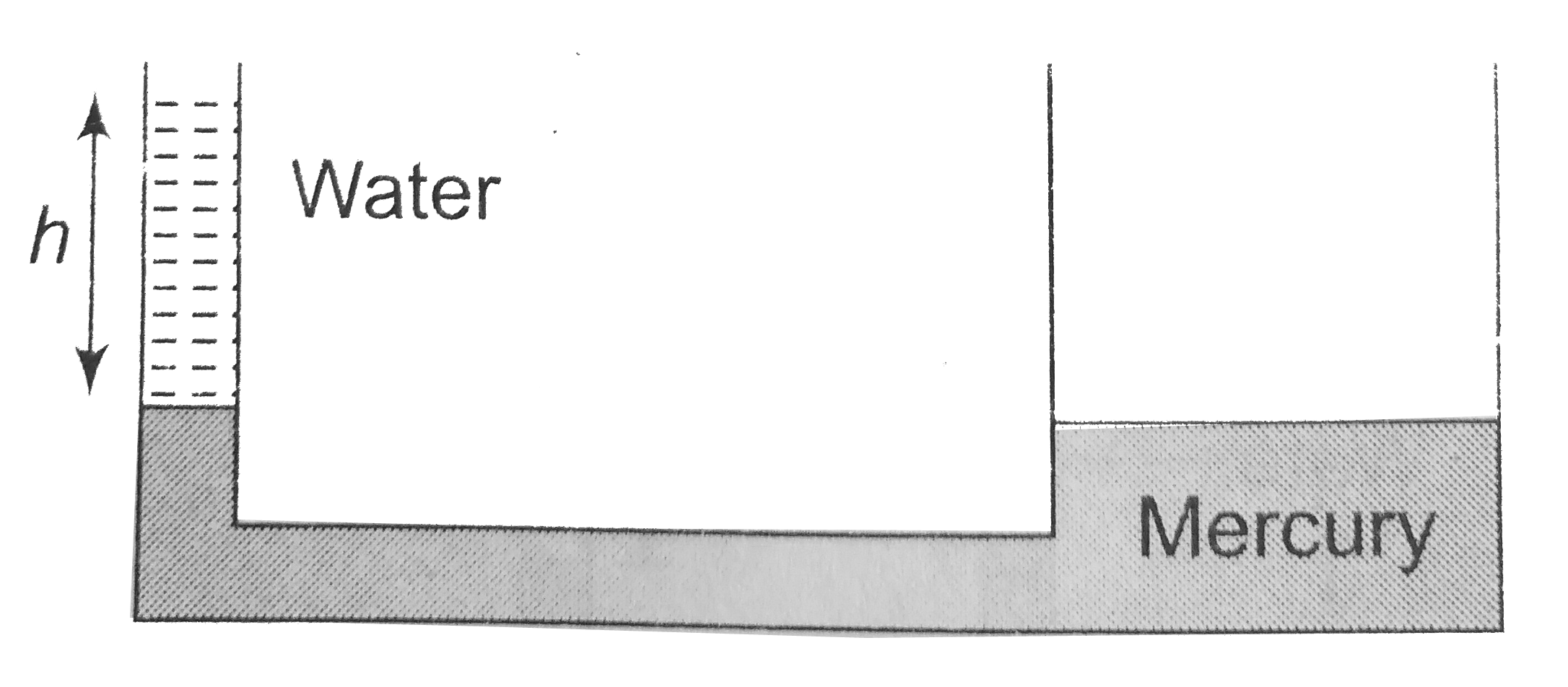The water column in vessels can be broken
in the presence of lignified walls
in the presence of air bubbles
in the presence of very high absorption
None of the above
The correct Answer is:B
Step by step video, text & image solution for The water column in vessels can be broken by Biology experts to help you in doubts & scoring excellent marks in Class 12 exams.
Updated on:21/07/2023Topper's Solved these Questions
- TRANSPORT IN PLANTS BOOK - ARIHANT NEETCHAPTER - TRANSPORT IN PLANTS EXERCISE - Check point 18.3
15 Videos
- TRANSPORT IN PLANTS BOOK - ARIHANT NEETCHAPTER - TRANSPORT IN PLANTS EXERCISE - Check point 18.4
10 Videos
- TRANSPORT IN PLANTS BOOK - ARIHANT NEETCHAPTER - TRANSPORT IN PLANTS EXERCISE - Chapter exercises C. Medical entrances gallery (Collection of questions asked in NEET & Various Medical Entrance Exams )
98 Videos
- THEORIES OF EVOLUTIONBOOK - ARIHANT NEETCHAPTER - THEORIES OF EVOLUTIONEXERCISE - Chapter exercise C (Medical entrances gallery ( collection of questions Asked in NEET & Various Medical Entrance Exames )
4 Videos
- VIRUSES BOOK - ARIHANT NEETCHAPTER - VIRUSES EXERCISE - C. Medical entrances gallery
32 Videos
Similar Questions
A vessel contains a small amount of water at 0∘C. If the air in the vessel is rapidly pumped out, it causes freezing of the water. Why? What percentage of the water in the container can be frozen by this method? Latent heat of vaporization and fusion are LV=540calg−1 and Lf=80calg−1 respectively.
View SolutionA piece of ice is floating in a glass vessel filled with water. How will the level of water in the vessel change when the ice melts ?
View Solution
Knowledge Check
The rupture and fractionation do not usualy occur in the water column in vessel/tracheids during the ascent of sap because of
AWeak gravitational pullBTranspiration pullCLignified thick wallsDCohesion and adhesionNo rupture and friction occur in water column of vessels and tracheids during ascent of sap. It is due to
Athey are lignified thick wallsBthey have weak gravitational pullCcohesion and adhesionDtranspiration pullDormancy due to hard seed coats that prevent uptake of O2 (or) water is observed in A and can be broken by B.
AA-Fabaceae, B-stratificationBA-Liliaceae, B-scarificationCA-Fabaceae, B-scarificationDA-Solanaceae, B-stratification
The length of water column that can exert 1 atm pressure is ________ .
View SolutionDuring ascent,water column present inside vessels and tracheids,does not rupture due5 to
View SolutionTwo communicating vessels contain mercury. The diameter of one vessel in n times larger then the diameter of the other. A column of water of height h is poured into the left vessel. The mercury level will rise in the right hand vessel (s = relative density of mercury and ρ = density of water) by

View SolutionA long cylinderical glass vessel has a small hole of radius r at its bottom. The depth to which the vessel can be lowered vertically in a deep water (surface tension S) without any water entering inside is
View SolutionTwo vessels A and B of different shapes have the same base area and are filled with water up to the same height h (see figure). The force exerted by water on the base is FA for vessel A and FB for vessel B. The respective weights of the water filled in vessels are WA and WB. Then

View Solution
